Did you ever have one of those terrible professors or teachers in school—the ones that droned on and on about chemistry or Shakespeare or whatever? The ones that sucked all the enjoyment out of the topic, put you to sleep or or left you feeling like you wasted your time?
Have you ever sat through a meeting or presentation like that, or worse: is that YOU?
Many times, as part of our assessment and coaching, we ask our clients to prepare and present to us as they would a highly desired client. More often than not, those presentations are full of too much information, too much about themselves and have little to no compelling content or action to motivate clients to move them to the next step or decision. {Good for us—that’s why we’re here!}

When we ask for their time, when they agree to listen to us, they are giving us an opportunity to help them make buying decisions. They most likely have done some research and know about you, your company or product already so why do most Sales Pro’s show up with a big fat slide deck titled “All About Me“? Here’s what we should be doing instead:
5.1 Steps to Better Presentations:
1.0 – It’s Not About You—It’s about me. You asked for an audience with me. Presumably to sell me something or learn how and what to sell me so why would you not make the first impression that this time is valuable for me?
A huge pet peeve of mine is when a sales person shows up to present to me as a potential customer and I don’t see “me” anywhere in the presentation. At best, they may have my name on the cover of the slide deck or packet. Maybe my business name and my title but usually, when you open it up, peel back the top layer of the pitch, there is NOT.ONE.THING.ABOUT.ME. Until we get to the last page, of course, where my name is next to a signature line to seal the deal.
This time I’ve given you is not about you—It’s About What You Can Do For Me—and why you can do it and how you do it well, better, or uniquely.
Showing you’re here for the right reasons means you set the tone of the meeting by demonstrating:
You know my name.
What’s my position and why am I here?
How much time will this take and what will we discuss?
What insights can I expect to come away with?
What do you know about me, my industry, my market, my competitors, my status quo?
Lead your meetings by making the best first impression—that the buyer made a good decision to give you their time. If you can’t sell them on that then you’ll likely never sell them at all.
2.0 – Less is More—Overwhelming or Oversharing leads to confusion. Confusion leads to indecision. Indecision means there’s a mega gap in your buyer’s journey. Putting lots of data, graphs or text in your presentation is the sure way to slow down or stall the buying process. Data is only numbers. It doesn’t have any meaning on its own. Show one big, compelling piece of data and explain its value in either the problem or your solution.
Bullet points are like sleeping pills. Don’t put your audience in to a post Thanksgiving Turkey trance by covering your presentations up with bullet points. And for the love of money please DON’T READ THE BULLET POINTS.
Deliver “insights”: sharp, compelling thoughts, statements or conclusions. Elaborate on why this is important to the audience and what you can do about it together.
3.0 – Showing vs. Telling—You’re in front of someone to demonstrate that you can help solve their problems in a way that is better than their current status quo. “Telling” about what you can do for them is ineffective. It’s about as impressive as me telling you I can juggle 3 flaming bowling pins while tap dancing. Where’s the proof? How would I do it? Have I done it before? Most likely, you’re rambling on about your features and capabilities and how you perceive them as benefits.
Features are intrinsic to the product. Benefits are intrinsic to the customer.
Value is subjective and Value is learned.
Instead of telling them, Show them through examples of real problems and solutions. Highlight customers you’ve worked with and how you improved their status quo—their margin or profit.
Think back on what your 11th grade English teacher taught you and put to practice the tools you learned in writing great stories—rich with examples, descriptions and context. {Thanks for busting my chops, Ms. Moore!}
4.0 – Give and Take—Unless you have the title “Presenter” or “Speaker”, meetings and presentations are more effective if they’re built around creating conversations and engagement. Rather than a one sided Feature Spew, build your presentations with openings and questions to start discussions with your audience.
Asking questions such as, “How do you currently do this” or “How does this problem slow you down” while you’re presenting brings your audience closer to playing a part in their own solution. You’ll want some consensus as you go along to know you’re meeting expectations of the meeting attendees. Yes, sometimes this can derail your pitch, but if your train was headed to Portland, Oregon when your clients want to go to Portland, Maine—engaging questions can make sure you’re headed in the right direction and will get to the destination together. The last thing you want to do is talk for 30 minutes, finish with a big “Ta Da” and then get a flat “No thanks” because you didn’t realize you were proposing the wrong solution or didn’t answer the right questions.
5.0 – What’s Next?—The answer is rarely, “Sign on the dotted line” so be clear about what actions, answers or questions are needed to make forward progress. So often, I’ve sat through presentations that were “feature, feature, feature” then contact info and a big “So what’d ya think?” at the meeting conclusion. If you follow the suggestions from points 1,2,3 and 4, you should have a remarkably different conclusion than checking your buyer’s pulse.
Know what the next steps should be by asking questions and building consensus throughout the presentation:
“Should we bring in your chief engineer to walk through the technical requirements?” Or
“I’d like to introduce you to Sally Smith who would be your production specialist.” Or
“Let’s get those work orders together and build your investment case together.”
Set your mindset, intentions and objectives for the next step of the buyer journey before you get to the meeting. If you’re going into a meeting with the objective “To close the business”, you’re probably aiming at the wrong mark. “Signing the Deal” is the end result, but not always the next step.
5.1 Have Fun and Be Yourself {everyone else is already taken}. This isn’t a whole point because it’s more of a personality trait than a skill or technique. Very few people want to sit in a meeting with people that are stodgy, stiff and dry.
Don’t be afraid to read your audience, try to coax them in to relaxing and let your own personality show. Situational awareness, appropriate humor and knowing your audience are key here. Let your hosts be your guide but try to make them comfortable and loosen them up a bit. Business is fun! Sales should be “win-win” not a contest of wills to see who will get the upper hand.
With the right intentions and preparation your presentations and proposals can really differentiate you from any one else your customers may be talking to. Don’t blow it, put them to sleep or drag out the buyer’s decision by giving them the same out dated experience as every one else. Give them a new experience and make it easier for them to buy you!
Until next time, keep kickin’ butt!
-sks
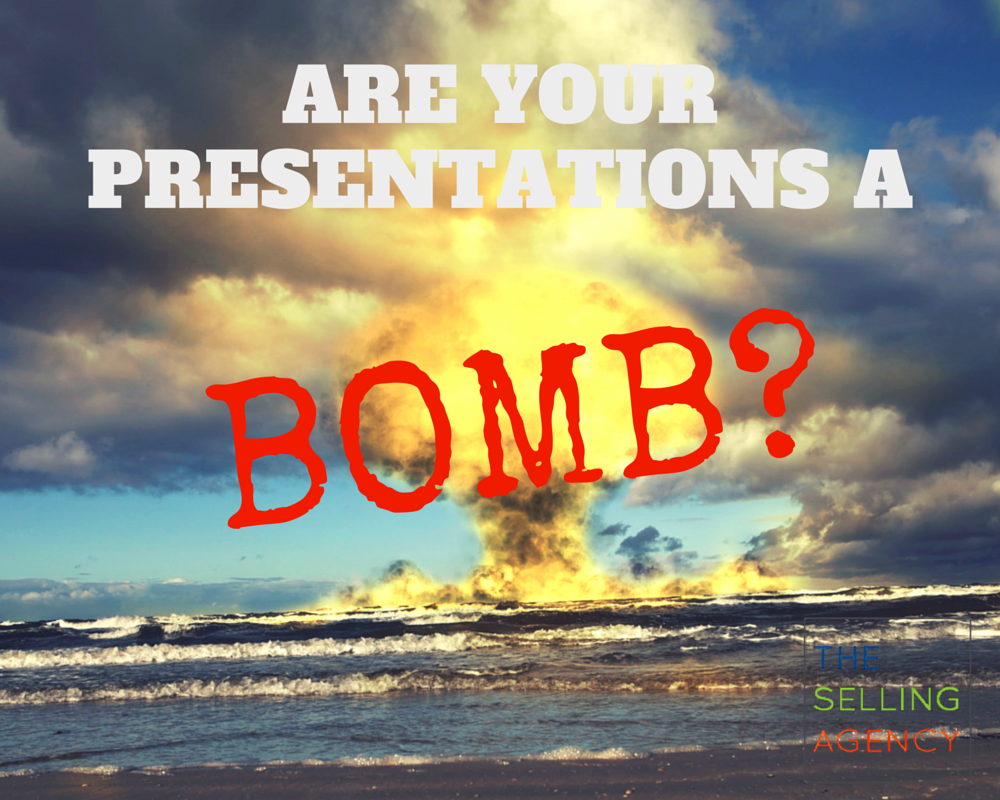
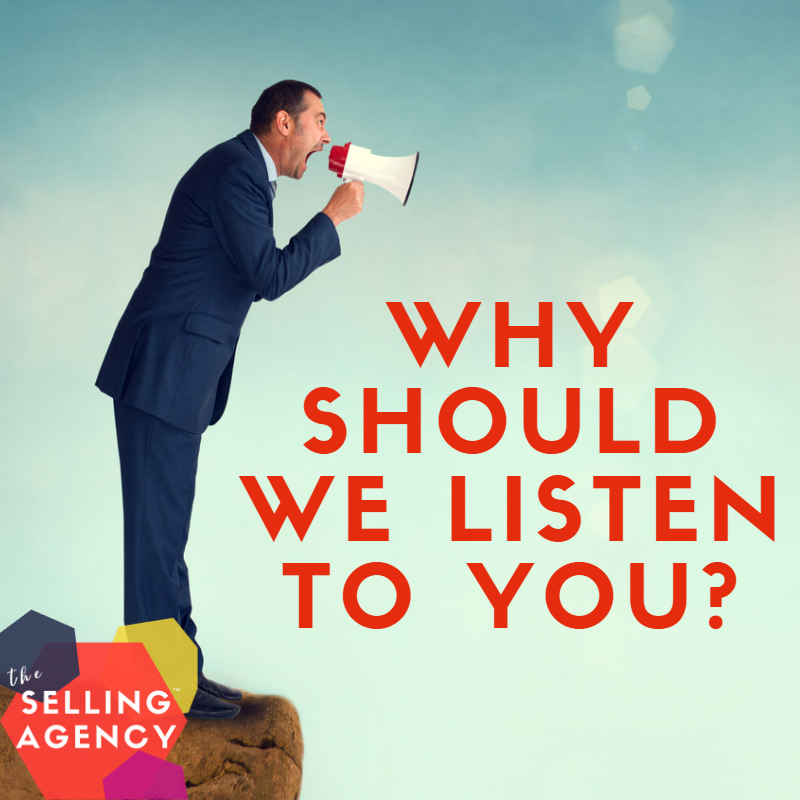

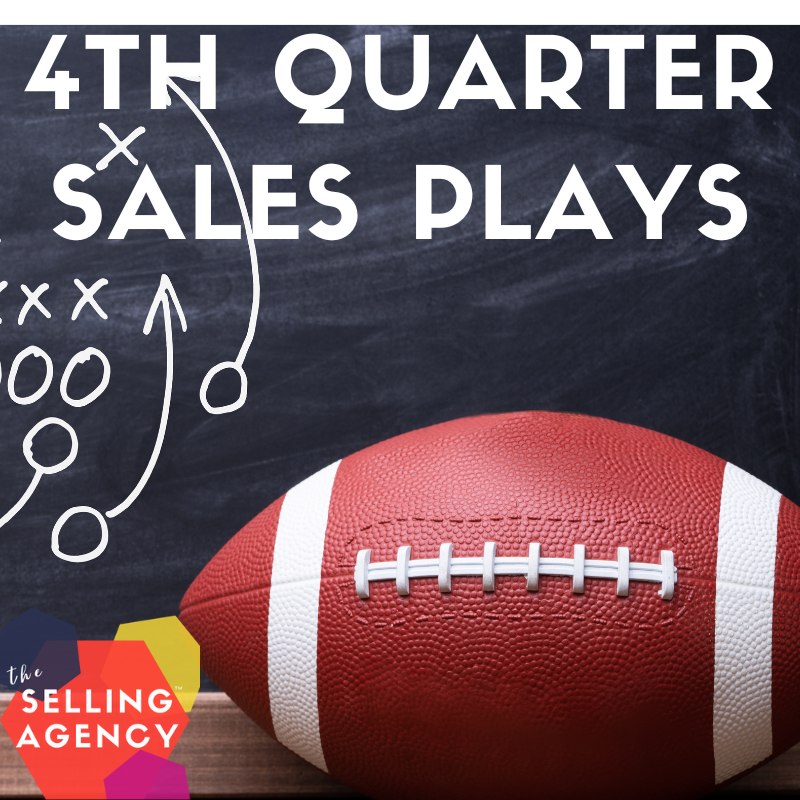

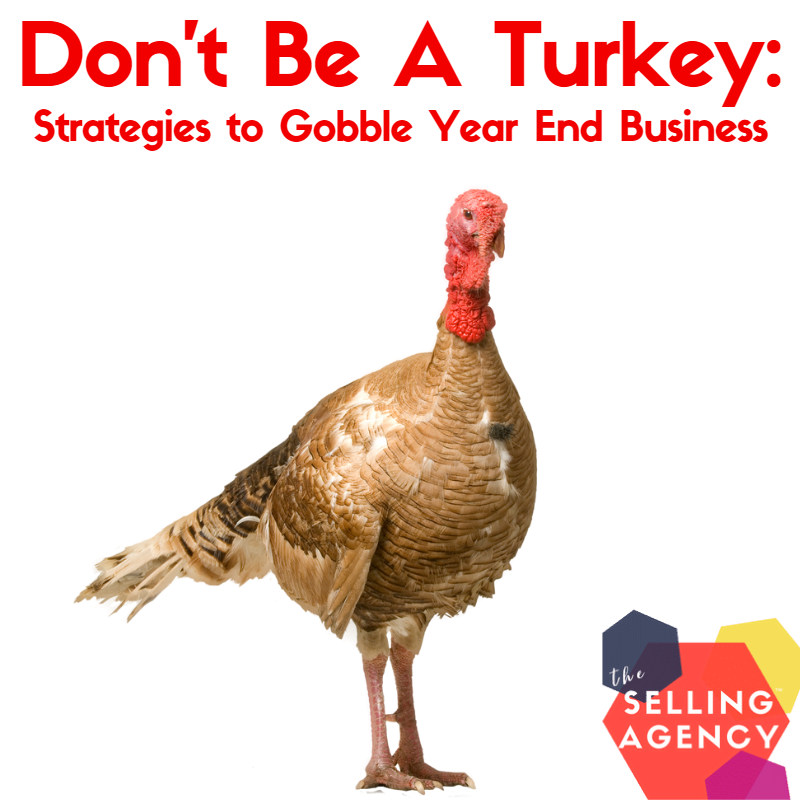

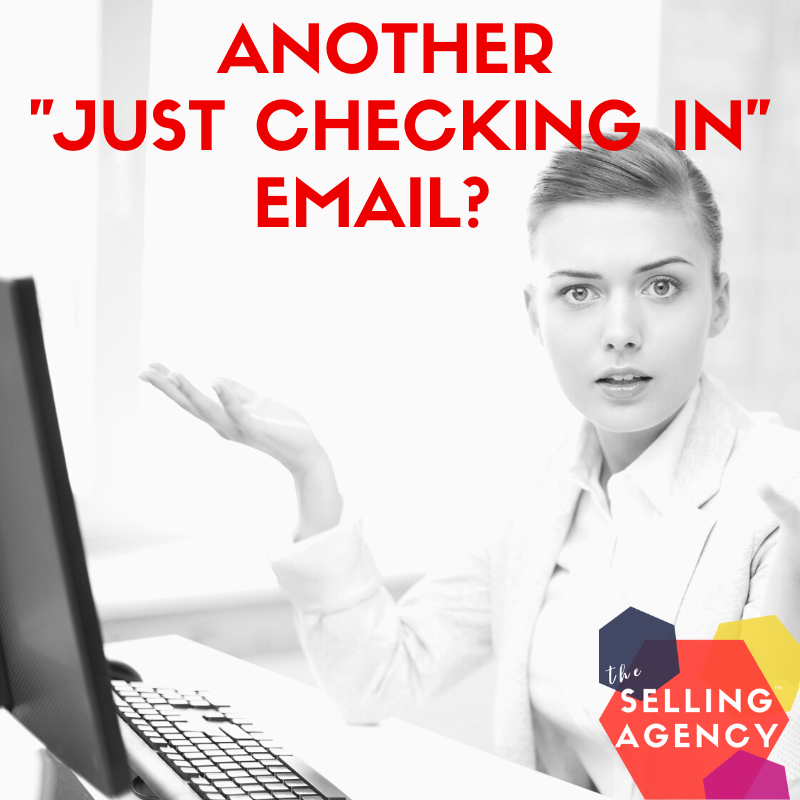



[…] the last post, we talked about how to make your sales presentations better – improving the focus of the content and delivery. This week, using more examples from our […]
Great information. The right side of the article is cut off in my browser view. I still got it! AMEN
Thanks, Glenna! It may be a mobile issue … I’ve checked it and can’t seem to replicate that issue but will keep my eye on it.